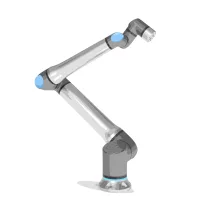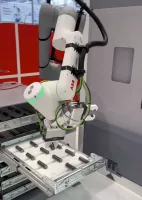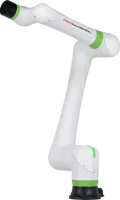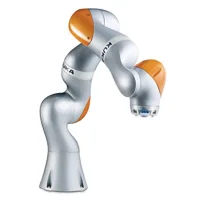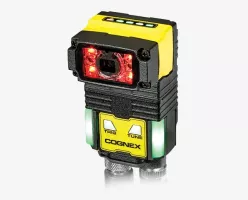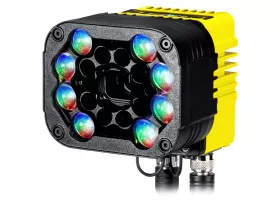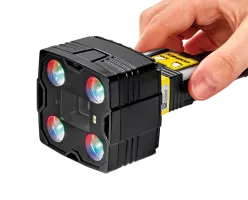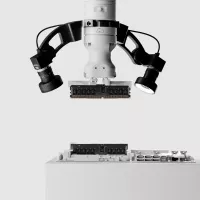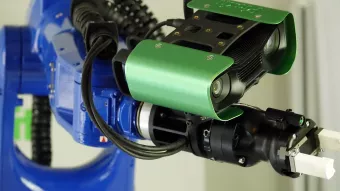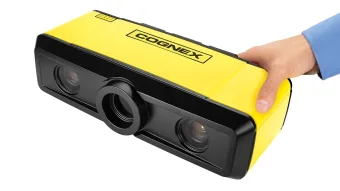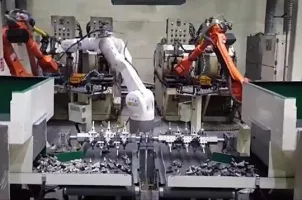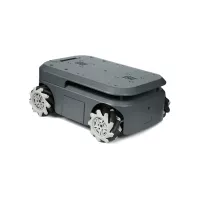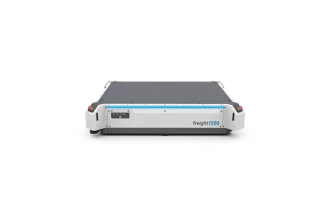EXPLORING AUTOMATED PACKAGING: ENHANCING EFFICIENCY & ACCURACY
Discover the power of automation in packaging for better speed and safety.
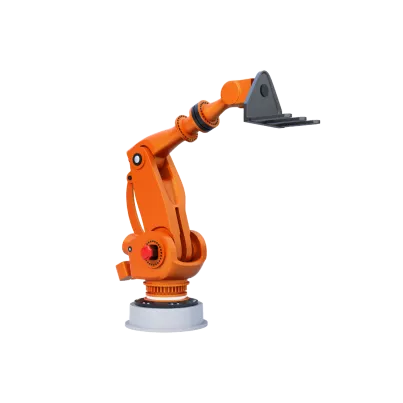
1. What is Packaging?
Packaging is how products are wrapped up and made ready for you to use or buy. It’s more than just putting things in boxes. In the world of making and selling stuff, packaging keeps items safe, clean, and easy to move around.
When businesses use machines to do this job, it’s called industrial automation in packaging. This means robots and other cool tech help pack things up quickly and without mistakes. They can fill boxes, seal them shut, and even put labels on, so you know what’s inside without opening it. This process is super important because it makes sure your stuff arrives looking good and working right.
Plus, it helps keep track of what’s what, so you get exactly what you ordered. Automated packaging is all about getting products to you in the best shape, fast and without wasting materials or time.

2. Why is Packaging Important in Manufacturing?
Packaging is a big deal in manufacturing because it keeps products safe and makes them look appealing to you. Here’s why it’s so important:
Protection:
Packaging acts like a shield, protecting items from damage during shipping and handling. It keeps products clean, dry, and intact, so they reach you just as they left the factory.
Information:
It's not just about wrapping things up. Packaging tells you what’s inside, how to use it, and other essential details. This info is crucial for making informed choices.
Branding:
Packaging is also a billboard for the brand. A well-designed package can catch your eye and make a product stand out from the crowd. It’s a key part of marketing that helps build brand identity.
Efficiency:
In the manufacturing world, packaging streamlines the process of getting products from the factory to your doorstep. It makes handling, storing, and transporting goods more efficient, which can also help reduce costs.
3. What Types of Packaging Machinery are Used in Automation?
In automated packaging, several types of machinery make the process faster, more reliable, and efficient. Here’s a quick look at the main types:
Filling Machines:
These are used to put the product into its container. Whether it's a liquid, powder, or solid, filling machines measure the right amount and fill it up quickly.
Sealing Machines:
Once the product is in its package, sealing machines make sure it's closed up tight. This could mean sealing a bag, applying a lid, or wrapping it in plastic.
Labeling Machines:
These machines add labels to your package. Labels can provide product information, instructions, or branding. It's all about making sure you know what you’re getting.
Wrapping Machines:
For products that need to be wrapped, like pallets of boxes or individual items, wrapping machines cover them in plastic or other materials to keep them secure during transport.
Each type of machine plays a crucial role in getting products ready for you, ensuring they're packaged properly to arrive in perfect condition.
4. How Do Cobots Contribute to the Packaging Processes?
Cobots, or collaborative robots, are like helpful robot buddies in the packaging world. They work alongside humans to make packing faster, safer, and more efficient. Here's how they chip in:
Speeding Things Up:
Cobots can work all day without getting tired, doing repetitive tasks like filling boxes, sealing them, or labeling. This means products get ready for you quicker.
Keeping It Safe:
Since cobots are designed to be safe around humans, they reduce the risk of injuries. They can do the heavy lifting or handle sharp objects, so people don’t have to.
Flexibility:
Cobots are super adaptable. They can switch between different tasks with just a little reprogramming, making it easy to pack various products without needing lots of different machines.
Precision and Quality:
Cobots are precise, so every package they handle is packed just right, ensuring the quality of the product you get is top-notch.
Featured Packaging Cobots:
5. What Role Do Vision Systems Play in Automated Packaging?
Vision systems in automated packaging are the eyes for machines, helping them see and understand what they’re working with. Here's their role:
Spotting Differences:
These systems can tell one item from another, checking shapes, sizes, and colors. This means machines can sort items or spot defects, ensuring only the good stuff gets packed.
Guiding Robots:
Vision systems help robots know where to pick up an item and where to place it. They make sure everything goes exactly where it should, from a tiny pill into its box to a chocolate bar into its wrapper.
Quality Control:
They keep an eye on the packaging process, checking if a package is sealed right or if a label is placed correctly. If something’s off, they alert the system to fix it, making sure the product looks perfect when it reaches you.
Featured Packaging 2D Vision Systems:
Featured Packaging 3D Vision Systems:
6. How Can Automation Improve Packaging Efficiency?
Automation in packaging uses machines and technology to make everything faster, more accurate, and cost-effective. Here's how it boosts efficiency:
Speed:
Machines like cobots and automated packaging lines work much faster than humans can, packing products quickly and getting them ready for you sooner.
Accuracy:
With tools like vision systems, automation reduces mistakes. Every package is filled, sealed, and labeled correctly, so you get exactly what you expect, every time.
Lower Costs:
By speeding up the process and cutting down on errors, companies spend less on wasted materials and redoing work. This savings can often mean better prices for you.
Flexibility:
Automated systems can quickly switch between different types of packaging tasks. This means companies can easily handle different products without slowing down, keeping up with what you need.
7. What are the Benefits of Using Mobile Robots in Packaging?
Mobile robots bring a lot of perks to the packaging process, making things smoother and more efficient for businesses and better for you. Here’s how:
Flexibility:
These robots can move around freely, carrying products from one spot to another. They can easily adapt to different tasks, like bringing materials to a packing station or moving finished goods to the shipping area.
Speed:
Mobile robots work quickly, helping to get products packed and ready for you faster. They don't get tired, so they can keep moving items around the clock.
Safety:
With built-in sensors and smart software, mobile robots avoid bumping into people and things. This makes the workplace safer for everyone.
Efficiency:
By automating the movement of goods, mobile robots reduce the need for manual labor. This means workers can focus on more complex tasks, increasing overall productivity.
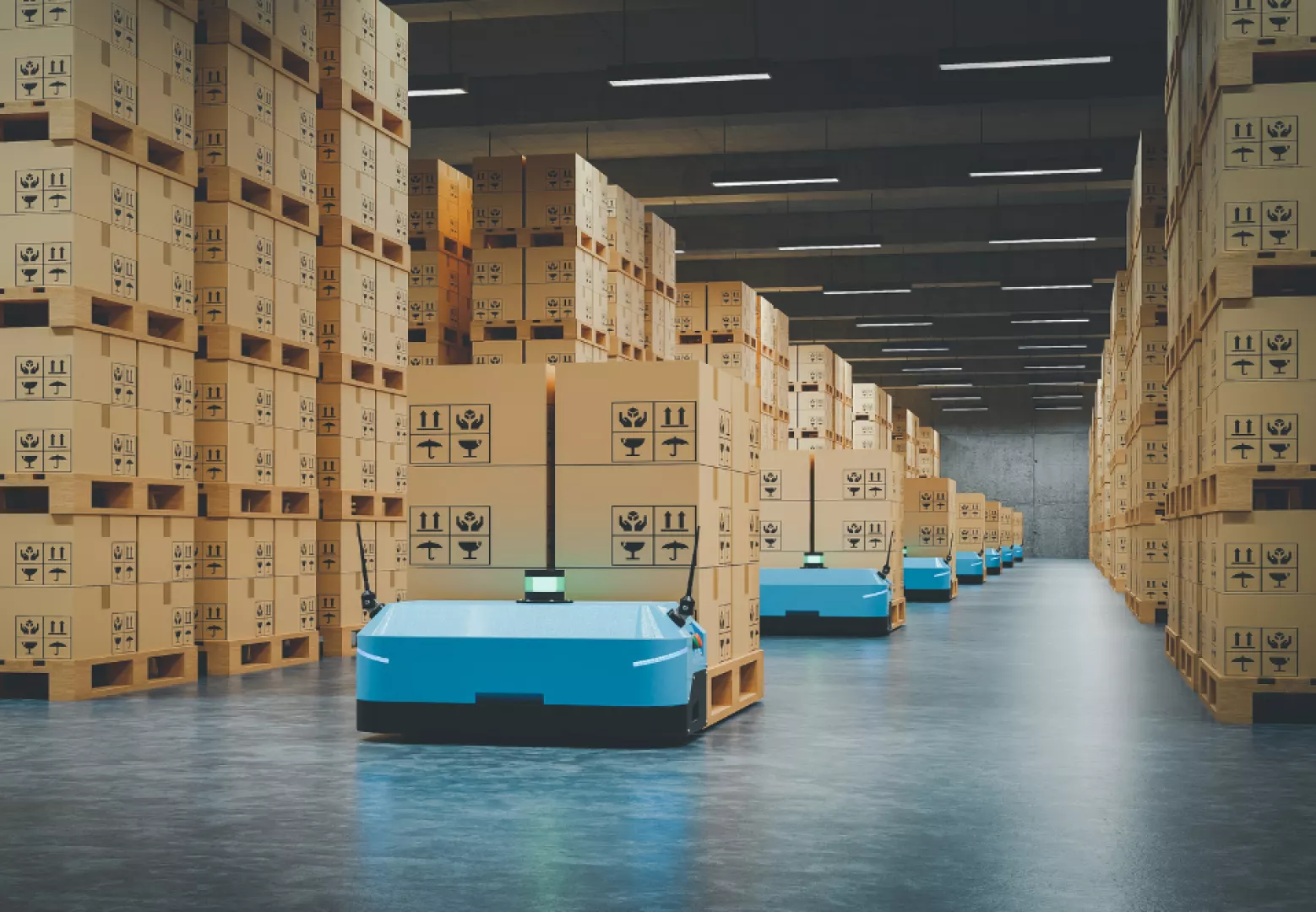
Featured Packaging Mobile Robots:
8. What are the Challenges of Implementing Packaging Automation?
Jumping into packaging automation can come with a few hurdles. Here’s what businesses often face:
Cost:
Setting up automated packaging systems, like robots and conveyors, can be pricey upfront. It's a big investment before seeing the benefits in efficiency and cost savings.
Complexity:
Learning how to use new technology can be challenging. Training staff to operate and maintain automated systems takes time and effort.
Space:
Fitting new equipment into an existing space can be like solving a puzzle. Some businesses might need to rethink their layout or even expand to make room for automation.
Adaptability:
Products and packaging needs can change. Finding automated solutions that can adapt to these changes without a lot of hassle or extra cost is crucial.
9. How can Packaging Automation be Optimized for Small Businesses?
For small businesses, jumping into automation can seem daunting, but it's definitely doable with some smart moves. Here’s how to get the most out of it:
Start Small:
Pick one area of your packaging process that could benefit the most from automation, like sealing boxes or labeling. This way, you don't overwhelm your budget or space.
Choose Flexible Solutions:
Look for machines or robots that can handle different tasks or products. This flexibility means you can adapt to changes without needing new equipment every time.
Focus on ROI:
Think about where automation can save you the most time and money. Whether it's cutting down on waste, speeding up packaging, or reducing labor costs, these savings can help offset the initial investment.
Get the Team Onboard:
Train your team to work with the new technology. Their support can make the transition smoother and improve efficiency.
10. How Does Packaging Automation Integrate with Supply Chain Management?
Packaging automation plays a key role in smoothing out the supply chain, connecting different steps to ensure products get to you efficiently and safely. Here’s how:
Speed and Accuracy:
Automated packaging speeds up getting products ready for shipment. It's precise, reducing errors that can slow things down or lead to returns.
Tracking:
With automation, every package can be labeled and tracked from the moment it's sealed. This means companies always know where products are, making it easier to manage inventory and respond to your needs quickly.
Communication:
Automated systems can talk to other parts of the supply chain, like shipping and inventory management. This ensures that what's packed matches what's needed, reducing waste and making sure products are available when you want them.
Cost Savings:
By making packaging faster and reducing mistakes, automation can lower costs. These savings can be passed on to you or reinvested to make products and services better.
Need help or have questions? Contact us or book a meeting with Sven, our expert, for personalized support.

